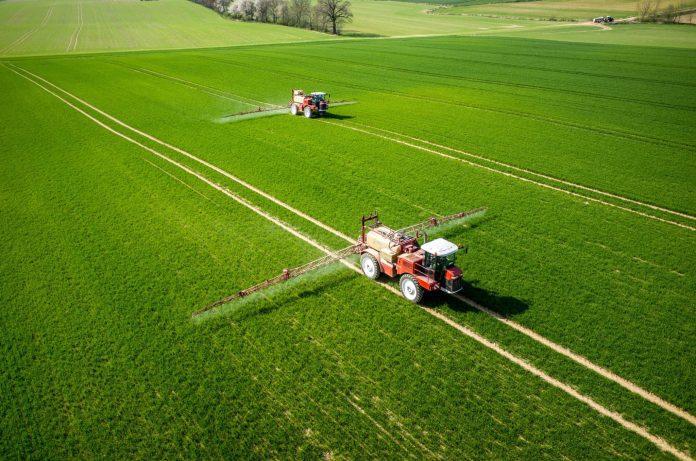Certain functions of smart farming will not work on low-power wide-area (LPWA) networks, even while technologies like LoRaWAN and NB-IoT tend to support most smart agricultural technologies, as they exist today.
LTE and even 5G networks are required to provide total coverage of fields, in order for farmers to run advanced analytical processes like computer vision on their entire crop. This is the view of Upal Basu, partner at NGP Capital, formerly Nokia Growth Partners, a growth-stage venture firm with $1 billion under management.
NGP Capital has a clear interest in the developing 5G space. But while most of the smart farming market draws attention to the influence of LPWA technologies –including Sigfox and LTE-M besides, but trending towards LoRaWAN and NB-IoT – it notes the future of farming, like every industrial sector, will turn on 5G instead.
Speaking as part of a new report from Enterprise IoT Insights on the state of the smart faring market, Upal Basu, partner at NGP Capital, said 4G and 5G will help global farming to face the urgent twin challenges of population growth and climate change.
“Sensors with computer vision at a granular level can dramatically improve the identification of plants that need extra care. Some of these sensors can be connected to tractors and harvesters and analysed at the edge. However for full field analysis, one would need a 4G/5G network to upload and analyse data in the cloud. A full-stack yield optimisation solution would have sensors, high bandwidth connectivity, and AI-powered analytics,” said Basu.
High-bandwidth low-latency networks will eventually – when coverage is extended beyond the outer reaches of current cellular footprints – combine data from sundry field-based, machine-based and drone-mounted sensors, along with other environmental inputs, in analytics-mixers based in the cloud.
Some edge-based compute power will complement this networking, by sorting the wheat from the chaff and unburdening the airwaves, but the volume and frequency of data from the field will multiply. These high-capacity networks will also support autonomous farming machinery.
Basu said: “With the low cost of mobile devices, farm workers can be more productive if they can communicate with their managers, get instructions, complete tasks, and capture images. Field force automation technologies focused on farmers and workers can significantly improve productivity on the farm. To provide full coverage of a farm, a cloud-connected 4G/5G network is required.
“Harvesters use power and automation to rapidly harvest in the field. However fruits and vegetables still require intense human intervention to pick and pack. Farm robots powered by sensors and AI can identify the right q produce to pick and can work day and night. As labour costs increase and immigration becomes restrictive, farmers will be pushed to seek robotic solutions to their harvesting needs.”
This is an excerpt from a new editorial report from Enterprise IoT Insights, called Connecting Agriculture – the promise of smart farming and the challenge of connectivity’, which looks at development of IoT technologies in the farming and agricultural sectors. The report, free to download, can be found here. It is the second in the new Making Industry Smarter report series from Enterprise IoT Insights. For a full schedule of editorial reports, see back page of the Connecting Agriculture report.

